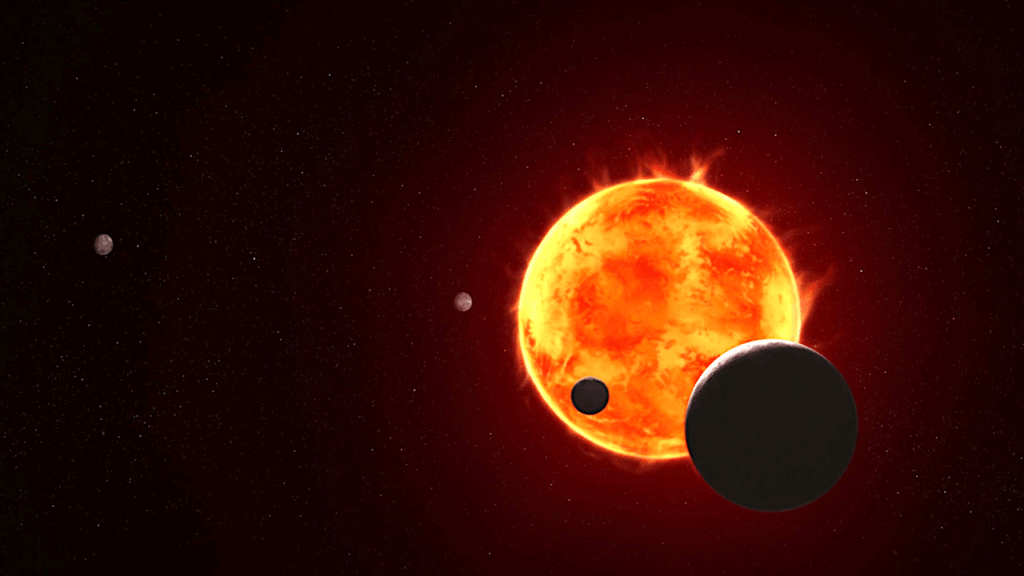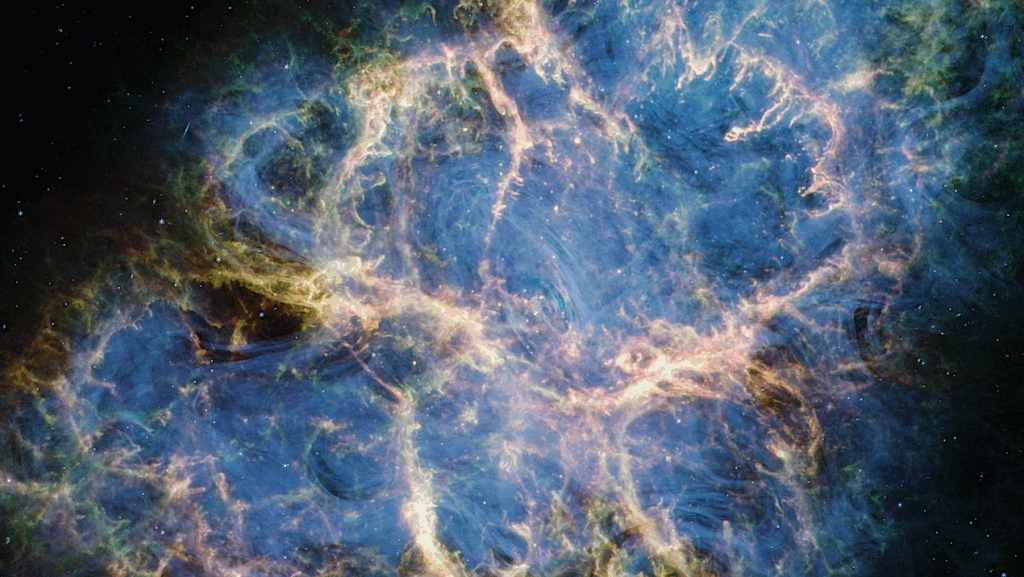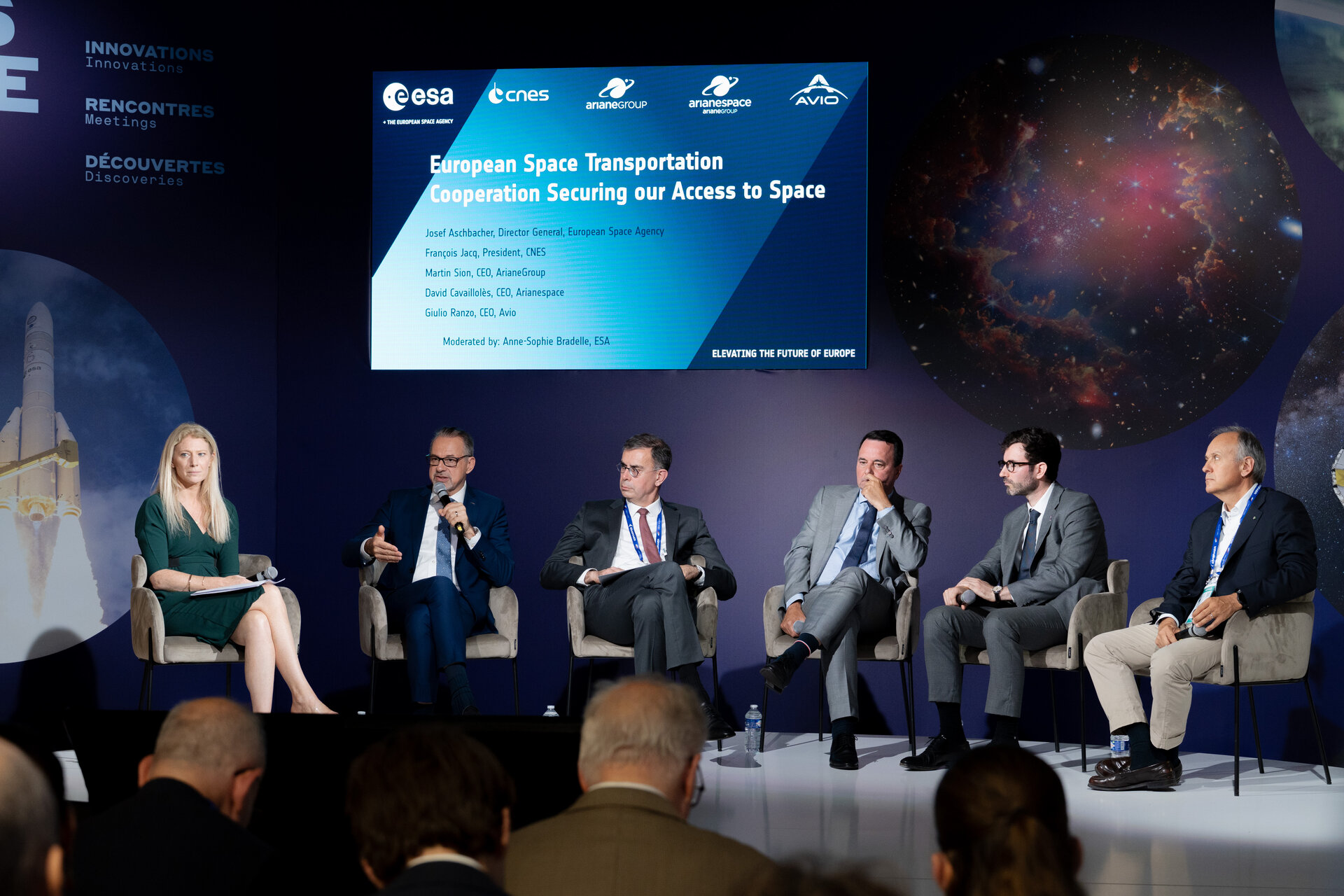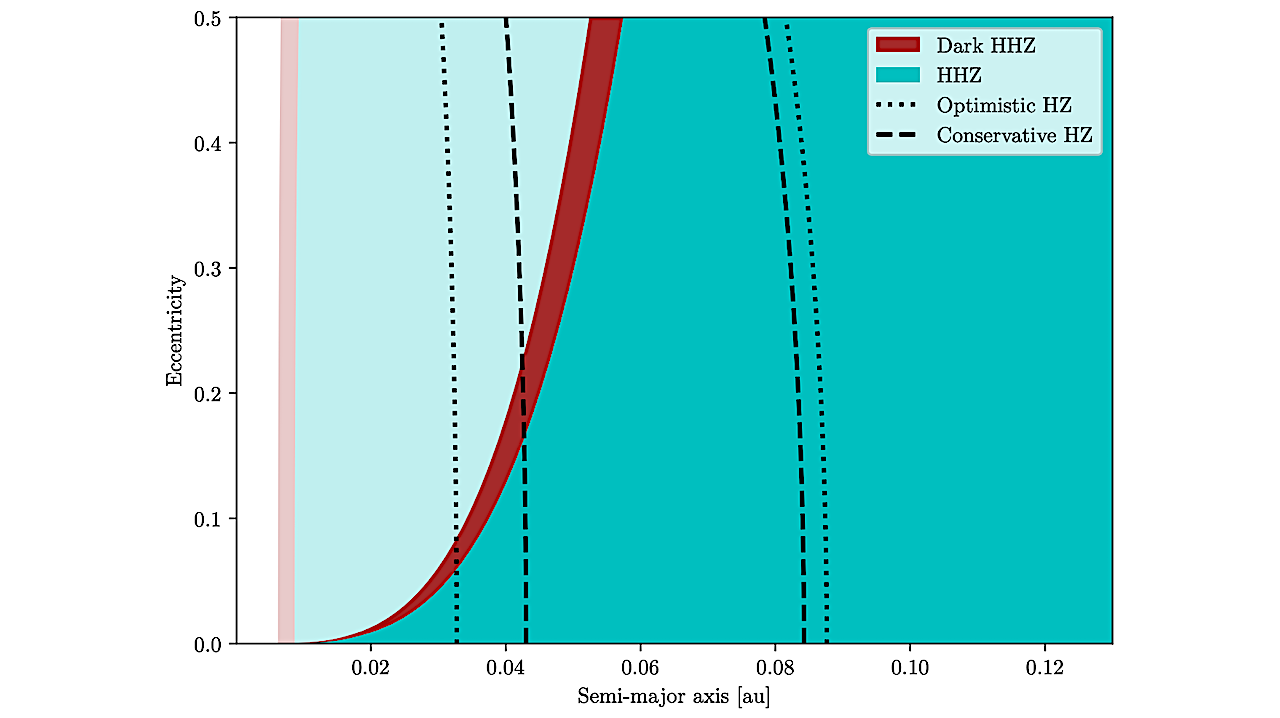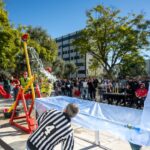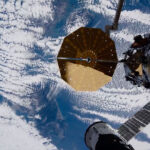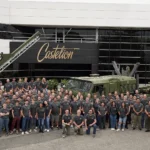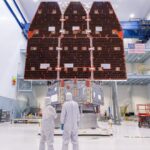Now Reading: Breakthrough Listen: A Technosignature Search Around 27 Eclipsing Exoplanets Selected from the Transiting Exoplanet Survey Satellite Catalogue
-
01
Breakthrough Listen: A Technosignature Search Around 27 Eclipsing Exoplanets Selected from the Transiting Exoplanet Survey Satellite Catalogue
Breakthrough Listen: A Technosignature Search Around 27 Eclipsing Exoplanets Selected from the Transiting Exoplanet Survey Satellite Catalogue
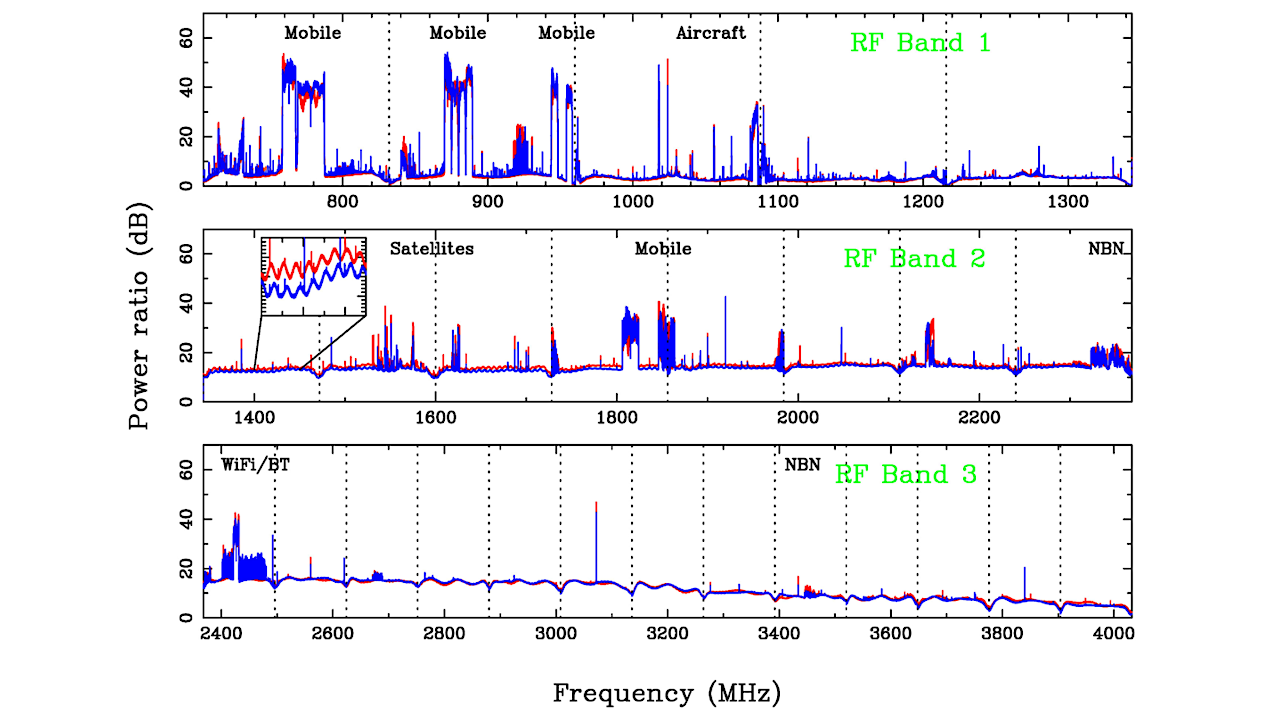

Spectra showing local sources of RFI that consistently affect the Parkes UWL bandpass. The UWL receiver records two polarisations which are represented by the colours red and blue, respectively, in this diagram. Reproduced with permission from (Hobbs et al. 2020b). astro-ph.EP
Here we analyse the archival data for a set of 27 Transiting Exoplanet Survey Satellite (TESS) Targets of Interest (TOIs) in search for artificially generated radio signals, or ‘technosignatures’, interrupted by occultation.
Exoplanetary eclipses are notable events to observe in the search for technosignatures, as they mark the geometrical alignment of the target, its host star, and Earth. During an eclipse event, any signal emanating from the target of interest should cease for the duration of the eclipse, and resume after the line-of-sight has been restored.
Target observations were made by Breakthrough Listen (BL) using Murriyang, the CSIRO Parkes 64-m radio telescope, coupled with the Ultra-wide Low frequency (UWL) receiver covering a continuous range of frequencies spanning 704-4032 MHz inclusive. Each target was observed in a pattern consisting of six back-to-back 5-minute source and reference sky positions for comparison during data analysis.
We performed a Doppler search for narrowband signals with a minimum signal-to-noise (S/N) ratio of 10, a minimum drift rate of ±0.1 Hz/s, and a maximum drift rate of ±4.0 Hz/s using the turboSETI pipeline. In the analysis of 1,954,880 signals, 14,639 passed automated radio interference filters where each event was presented as a set of stacked dynamic spectra. Despite manually inspecting each diagram for a signal of interest, all events were attributed to terrestrial radio frequency interference (RFI).
R. Barrett (1), C. D. Tremblay (2, 3 and 4), B. Addison (5 and 6), D. C. Price (7 and 8), J. A. Green (8) ((1) University of Southern Queensland, (2) SETI Institute, (3) Berkeley SETI Research Center, (4) CSIRO Astronomy and Space Science, (5) University of Southern Queensland Centre for Astrophysics, (6) Swinburne University of Technology Centre for Astrophysics and Supercomputing, (7) International Centre for Radio Astronomy Research, (8) SKA Observatory Science Operations Centre)
Comments: Accepted for publication in Publications of the Astronomical Society of Australia (PASA). 9 pages, 5 figures, 1 table
Subjects: Earth and Planetary Astrophysics (astro-ph.EP); Instrumentation and Methods for Astrophysics (astro-ph.IM)
Cite as: arXiv:2506.13459 [astro-ph.EP] (or arXiv:2506.13459v1 [astro-ph.EP] for this version)
https://doi.org/10.48550/arXiv.2506.13459
Focus to learn more
Submission history
From: Rebecca Barrett
[v1] Mon, 16 Jun 2025 13:15:11 UTC (2,464 KB)
https://arxiv.org/abs/2506.13459
Astrobiology,
Stay Informed With the Latest & Most Important News
Previous Post
Next Post
-
 012024 in Review: Highlights from NASA in Silicon Valley
012024 in Review: Highlights from NASA in Silicon Valley -
 02Panasonic Leica Summilux DG 15mm f/1.7 ASPH review
02Panasonic Leica Summilux DG 15mm f/1.7 ASPH review -
 03How New NASA, India Earth Satellite NISAR Will See Earth
03How New NASA, India Earth Satellite NISAR Will See Earth -
 04And Thus Begins A New Year For Life On Earth
04And Thus Begins A New Year For Life On Earth -
 05Astronomy Activation Ambassadors: A New Era
05Astronomy Activation Ambassadors: A New Era -
06SpaceX launch surge helps set new global launch record in 2024
-
 07From Polymerization-Enabled Folding and Assembly to Chemical Evolution: Key Processes for Emergence of Functional Polymers in the Origin of Life
07From Polymerization-Enabled Folding and Assembly to Chemical Evolution: Key Processes for Emergence of Functional Polymers in the Origin of Life













